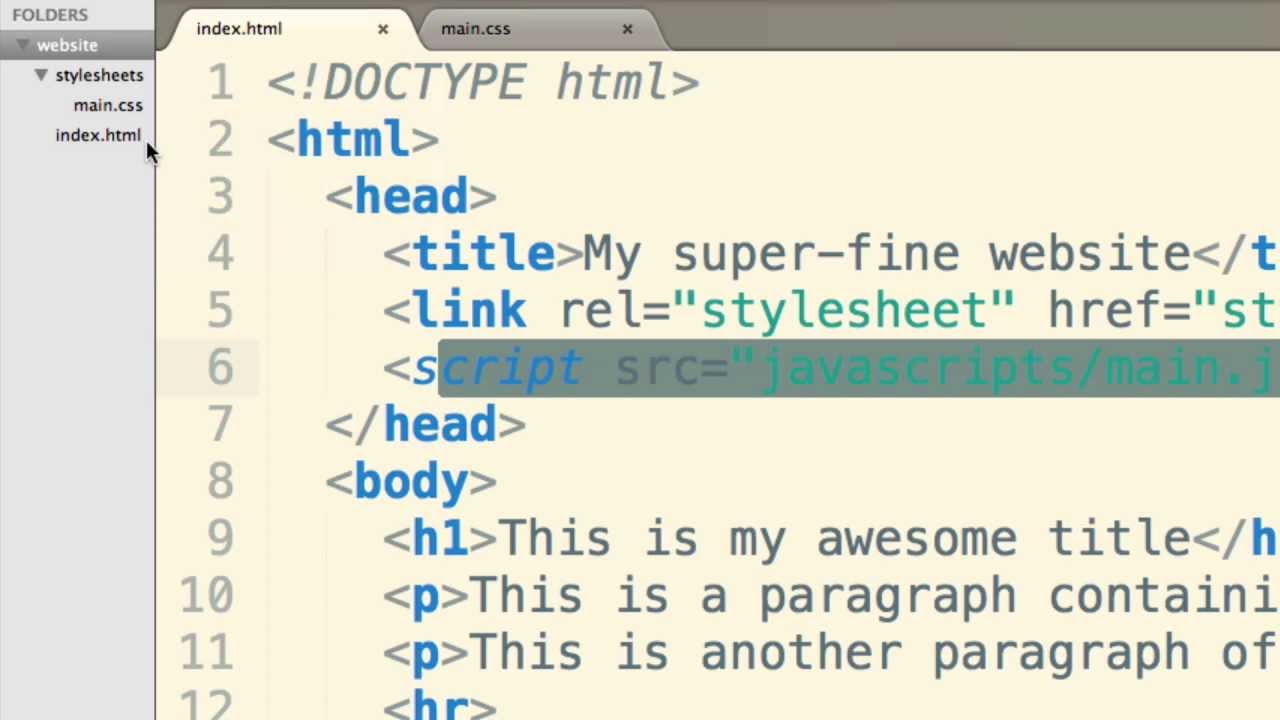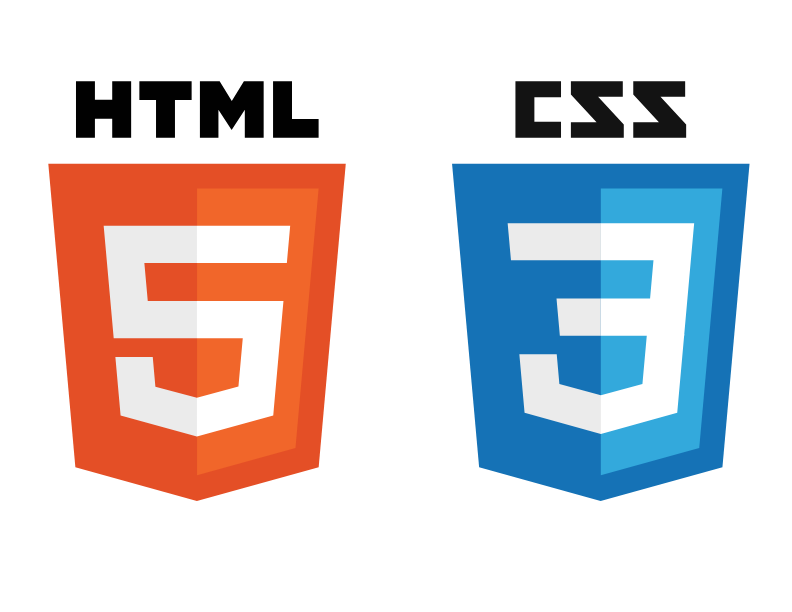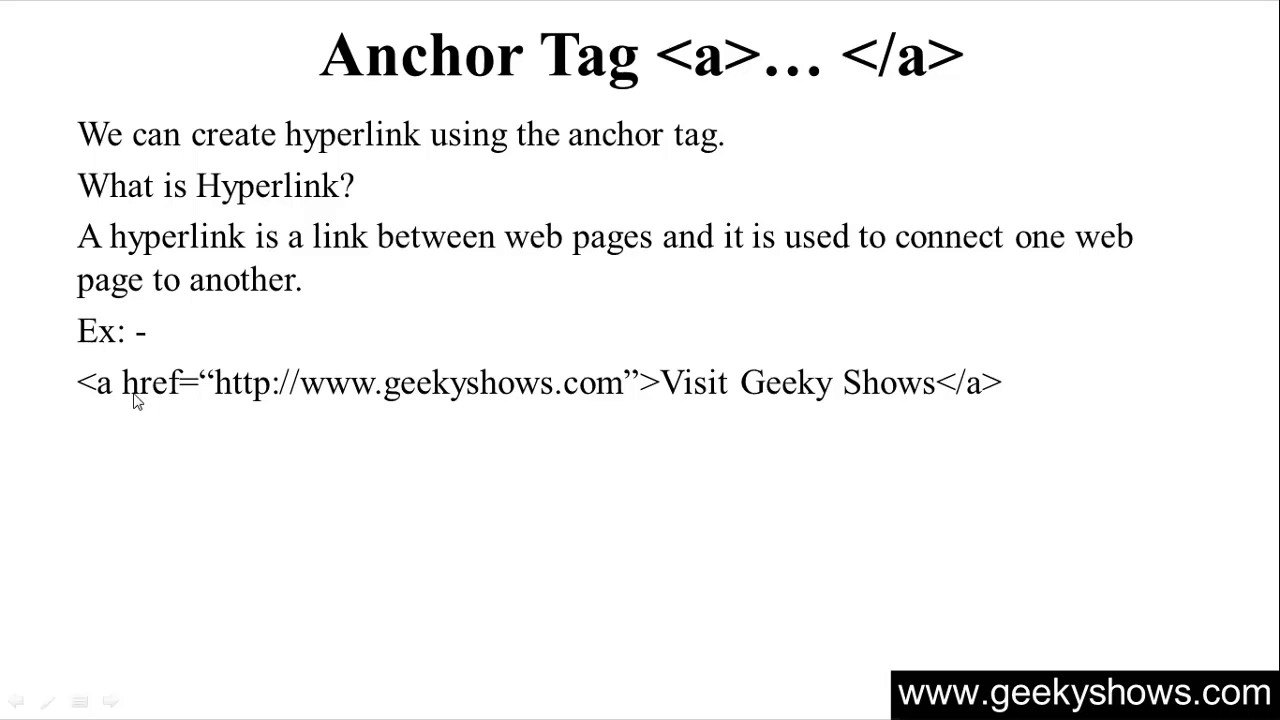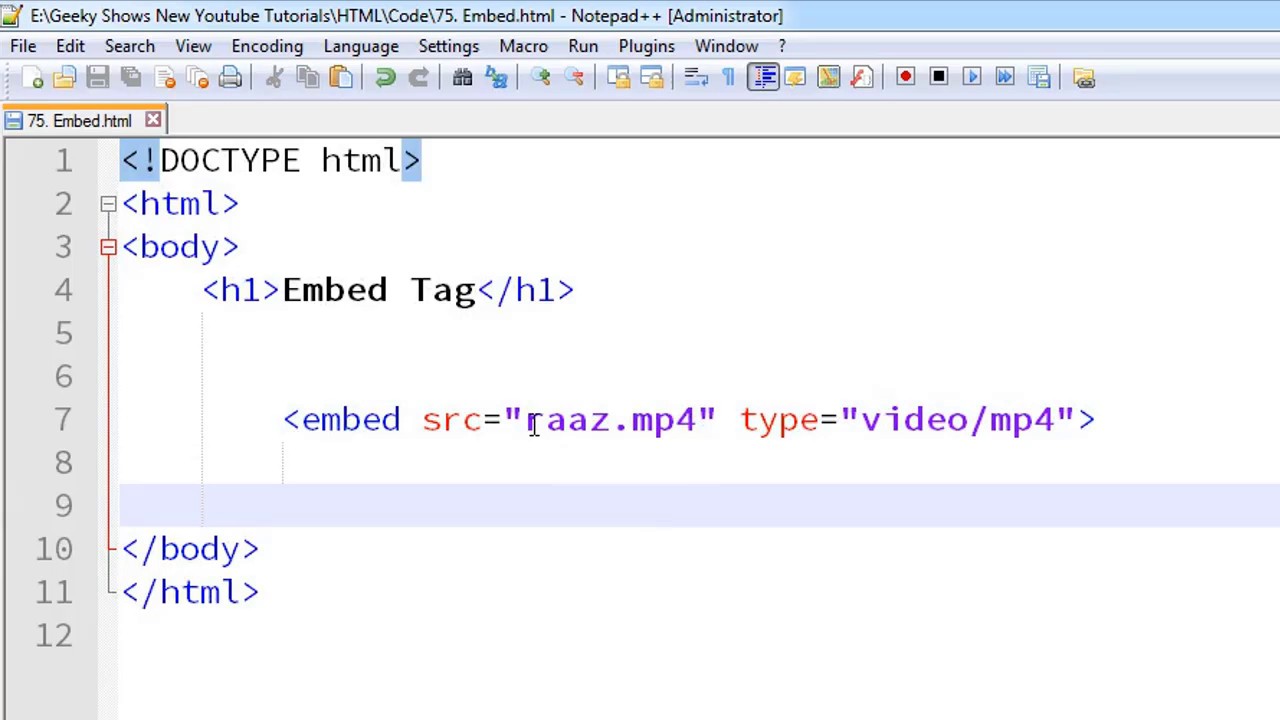HTML and DOM are two of the most important technologies any web developer should be familiar with. HTML is the markup language that gives structure to your web pages, while DOM is the underlying structure of all HTML tags. Understanding how HTML and DOM work together is essential for developers who want to create effective and user-friendly websites. This article will introduce both HTML and DOM, along with some tips and tricks for using them effectively in your web development projects. So whether you’re a beginner or an experienced developer, read on to learn more about these essential technologies.
What is HTML?
HTML is a markup language that provides a structure for documents on the World Wide Web. HTML documents are written in plain text and contain tags indicating which elements should be displayed, their attributes, and how they should be formatted.
The DOM (Document Object Model) is a specification for managing the structure of HTML documents. It allows programmers to access and manipulate the tags, attributes, and other content within an HTML document.
What is the DOM?
The DOM (Document Object Model) is the framework that HTML applications use to interact with the document object model of a web page. The DOM provides a way for HTML and JavaScript code to access the elements and attributes of a web page. It also allows you to create your own custom objects, which can be used in JavaScript code.
In simple terms, the DOM lets you work with the content of a web page as if it were an individual document. This means you can modify the text, layout, and formatting of a web page without affecting any other application parts. You can also access all element properties and methods using standard JavaScript syntax.
In addition to providing a convenient way to work with documents on websites, the DOM also plays an important role in Ajax programming. Ajax is a technology that allows web pages to perform dynamic updates without reloading entirely. This makes it possible to update portions of a web page without requiring users to leave their browsers open all the time.
How HTML and the DOM Work Together?
HTML and the DOM are two essential building blocks for constructing web pages. HTML is a markup language that allows you to structure your content into semantically meaningful units, while the DOM (Document Object Model) is a library that lets you interact with those structures. Together, they form the foundation of everything you can do with a web page.
The HTML document model is built on top of a set of core elements. The most basic element is the document element, which represents the entire webpage. All other elements must be descendants of the document element. For example, an input element needs to be a child of the document element, and an output element needs to be a child of the body element.
Steps to use HTML and DOM
The first step in using HTML and the DOM is setting up your environment. To work with HTML, you need to have a web browser open and configured to use HTML syntax. You can also use certain tags inside of non-HTML documents, but these tags won’t behave as you expect them to when used inside of an HTML document. For example, it will not attach an image file to your page as it would inside of an HTML document. Instead, it’ll just display whatever’s inside its src attribute.
Once your environment is set up, you can start creating your markup files. The simplest way to create an HTML file is by using a text editor like Notepad or Wordpad and typing in some basic code:
This is the basic HTML document structure, and it looks a lot like the document model you learned in school. The first line declares the document’s language (in this case, “en”), and the second line marks the start of the body element.
Inside of the body element, you’ll start adding your content. To create an input element, for example, you would type:
This will create a new text input element with its own unique ID. All of these elements have specific attributes that you need to set up before you can use them: for example, the type attribute specifies that this is an input element. You can find a full list of all HTML5 tags in the W3C’s HTML5 specification.
Conclusion
HTML and DOM are two of the most important technologies you will use as a web developer. In this article, we have provided an introduction to both technologies so that you have a better understanding of what they are and how they work. We have also given tips on how to start using them in your web development projects. Hopefully, this has given you the foundation needed to start building more advanced web applications.





